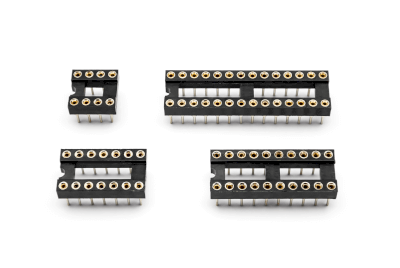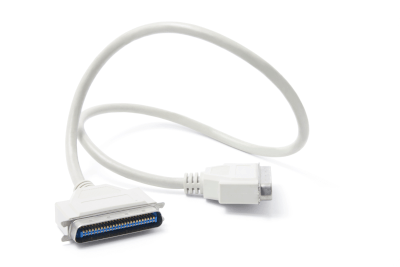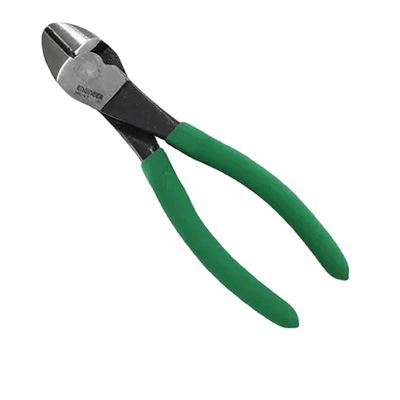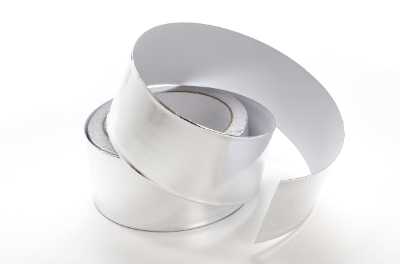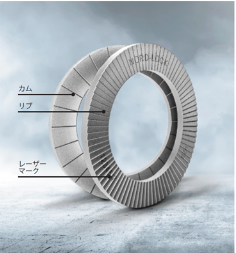What Is Job Management?
Job management is the control and monitoring of “jobs” on servers and other systems from start to finish.
A job is a grouping of programs or batches (scheduled programs) in a computer to achieve a certain business objective.
Job management involves scheduling the start of execution of a huge number of jobs. It also monitors and records the execution status of jobs, making it possible to identify when a failure occurs and perform preventive maintenance.
Furthermore, visualization of the huge number of jobs eliminates omissions when scheduling programs.
Uses of Job Management
Job management is used to efficiently and error-free schedule the many jobs that exist in a business system. There are three main advantages to using job management: first, it reduces the man-hours required of the person managing the program; second, it allows jobs to be managed without special skills; and third, it prevents human error.
For example, when performing payroll calculations, the attendance of all employees is compiled at the end of each month, and after calculating the amount of payments and deductions, the amount of transfer payments is calculated. Finally, the calculated transfer payment amount is transferred to each employee’s account. A job management system is necessary to ensure that these series of job executions are carried out without error every month at a predetermined time. In addition, large systems, such as mission-critical systems, often consist of multiple servers.
In order to schedule jobs across servers, a job management system that can control each server in an integrated manner is essential.
Principle of Job Management
Job management is realized by a program that starts and monitors jobs according to a predefined execution schedule for each job. Typical job management systems use a combination of a manager, which manages job definition information and execution schedules, and an agent, which receives instructions from the manager and reports on job startup and execution status.
The combination of a manager and an agent makes it possible to control not only the startup of a job according to time but also the startup of a job after the completion of a preceding job, or the automatic rerun of a job when it terminates abnormally.
How to Choose Job Management
A wide variety of models of job management systems have been released, ranging from those provided as standard with the operating system to those used for large-scale accounting systems. Therefore, the following points should be considered when selecting a system.
1. Is the Functionality Provided Without Excess or Deficiency?
The aspects to be checked as a function include possible scheduling methods, monitoring and notification of abnormalities, and job registration operation methods.
If the system simply needs to start jobs at a fixed date and time on a daily, weekly, or monthly basis, there is no problem with the standard OS functions. However, if complex scheduling is required, such as branching out conditions based on preceding jobs or job execution results, a separate job management system should be selected.
2. Is the Cost Appropriate?
Review both the license costs incurred for the initial purchase and the ongoing maintenance costs to determine if they fit within your budget.
3. Can It Be Operated In-House?
Determine if you can provide engineers in-house who can handle the system or if you can outsource it at an appropriate cost.
Even if the costs associated with the features and package are suitable, a lesser-known job management system could be costly to operate.
Other Information on Job Management
Job Management Features
Key features of job management include the following:
Scheduling
Scheduling involves registering the calendar information, such as prerequisite operation days and holidays. It is possible to define the date and time when the job is to be started and the processing cycle when it is to be executed periodically, as well as the preceding job as a condition for execution.
Some systems check for scheduled logical inconsistencies.
Monitoring and Notification
The job operation status is monitored and normal or abnormal notifications are sent. Some systems provide a function to re-execute a job automatically if it terminates abnormally.
Job Registration
Some systems have an interface that allows visual manipulation of the order in which jobs are executed and their settings, such as as prior conditions.

